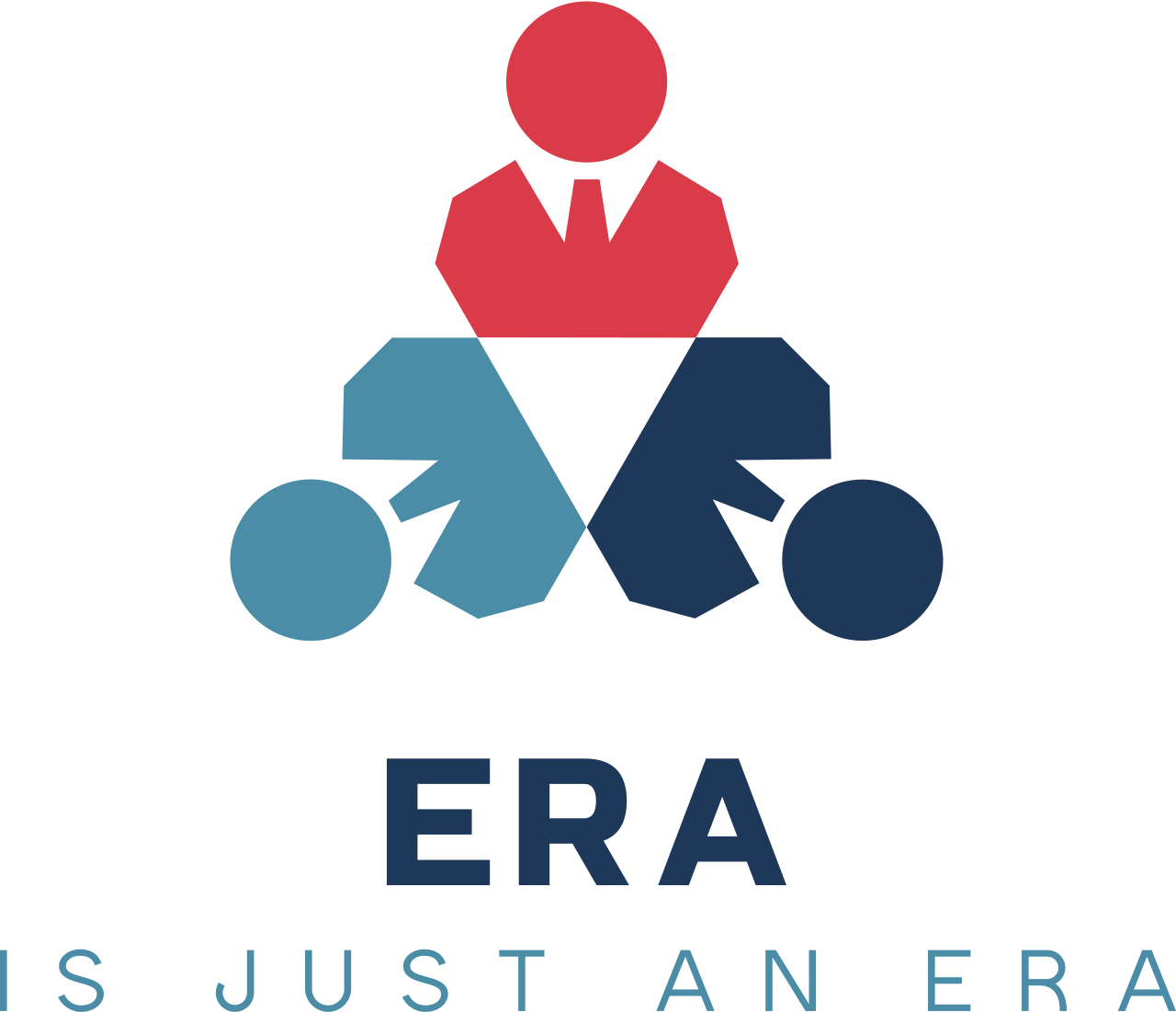Innovative Strategies Redefining Workplace Ergonomics
In what ways can ergonomic tools, such as adjustable office chairs and ergonomic keyboards/mice, mitigate long-term health issues while optimizing work performance in remote settings?
In today’s rapidly evolving work environment, groundbreaking approaches in participatory ergonomics are transforming how companies design and optimize their workspaces. By actively involving employees in decision-making processes, organizations are discovering dynamic ways to assess, simulate, and implement ergonomic improvements that not only enhance comfort but also boost productivity and reduce financial losses.The latest research in ergonomics emphasizes the integration of multiple human factors assessment methods with advanced simulation techniques. This innovative blend allows designers and engineers to create workplace configurations that are both scientifically validated and practically effective. Unlike traditional approaches, these state-of-the-art strategies leverage real-time data and human-centered design principles to address the complex interplay between technology, work systems, and human capabilities. This synthesis of technology and ergonomics is setting a new benchmark in how workplace safety and efficiency can be achieved.Additionally, the economic implications of ergonomic innovations are gaining recognition. Modern studies highlight the significant cost implications associated with workplace health issues, such as sick leaves, which can burden employers financially. By investing in proactive ergonomic interventions and strategies, companies can mitigate these costs while simultaneously enhancing workforce well-being. Notably, recent controlled trials are providing compelling evidence that participatory interventions can effectively reduce the incidence of musculoskeletal disorders, further underlining the value of these innovations.The drive towards participatory ergonomics is a testament to the transformative power of combining employee insight with rigorous scientific methods. This fusion fosters an environment where continuous improvement is prioritized, creating workplaces that are not only safer but also more adaptive to the evolving needs of modern workforces. As organizations look to the future, embracing such innovative methodologies will be crucial in cultivating workspaces that support both human health and organizational success.
